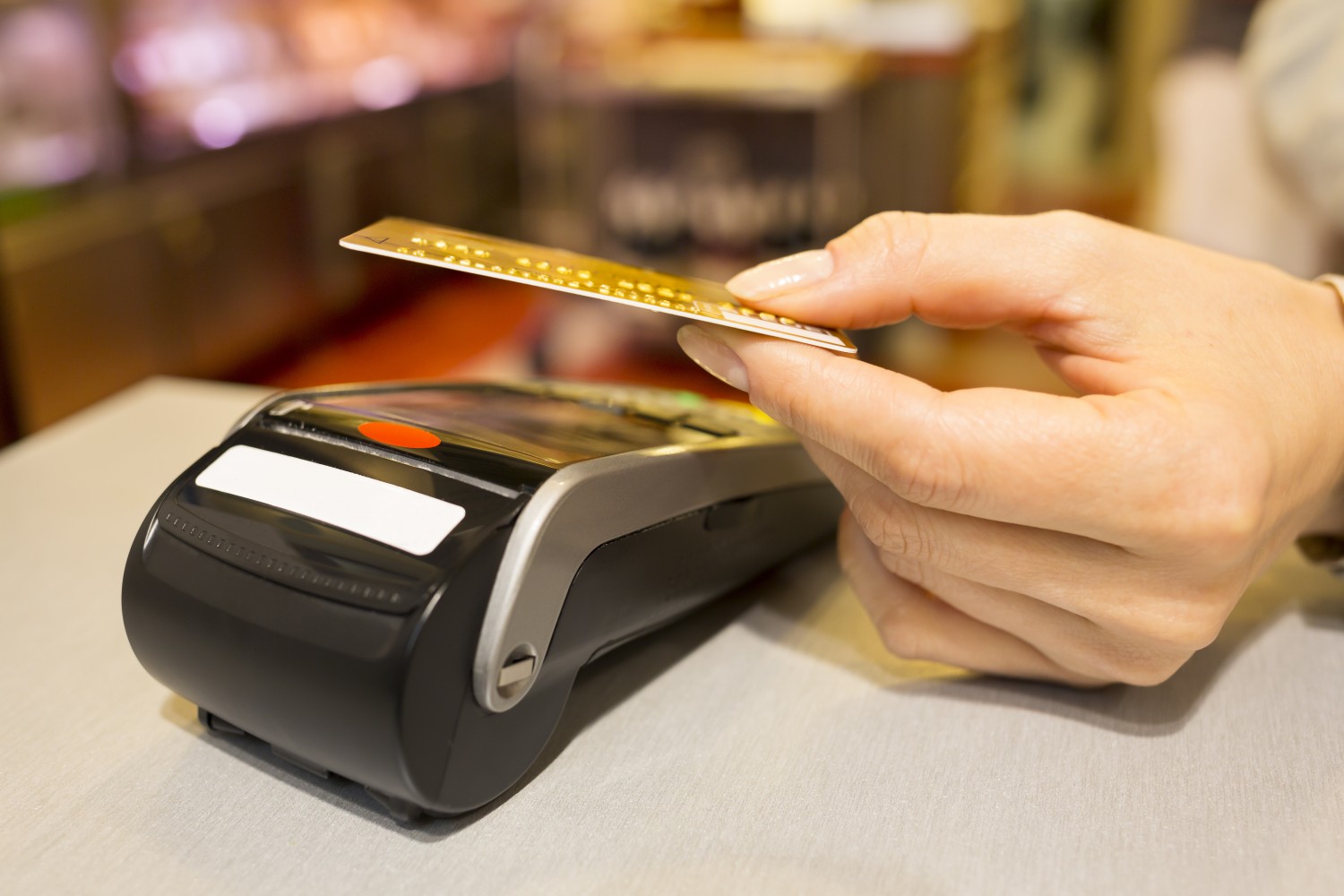
03 Oct No More Swiping – Just Wave to Pay
Technology can be exciting. Each new idea is designed to save us time and make life easier but when it comes to making sure this technology is safe, it’s smart to learn as much as you can before you jump on board.
Take for example the “contactless” payment technology offered by major credit card providers requiring you to simply wave your card in front of a small terminal to pay for your goods. How does this technology work and is it safe?
Wave and go
Contactless payment technology has been in use commercially since 2005 in the US, reaching Australia’s retailers in 2010. It is promoted as a convenient and quick way to process credit card transactions for low-cost items such as groceries.
It uses radio frequency identification (RFID) technology which allows cardholders to simply tap or wave their card in front of special terminals without having to swipe or insert the card into an EFTPOS device. Transactions up to a certain limit can then be completed without the need for a signature or a PIN. Contactless cards have a distinctive mark with a tiny antenna embedded into the chip that transmits payment instructions to and from a specially adapted card terminal.
When a retailer displays the contactless symbol at the checkout, you can pay by tapping your card or holding your card within 4cm of the secure contactless reader. When the green lights appear, your transaction is complete. If you prefer, these same cards can still be used in the more traditional manner when paying for purchases.
Are they safe?
Terminals are designed to make only one transaction per card at a time – each transaction must be complete or void before another one can be processed. It is also impossible to buy an item accidently by moving too close to a reader because the retailer must first enter the amount for you to approve.
Contactless cards use the same chip and PIN network as normal credit and debit card transactions. There is a maximum amount placed on single transactions, a daily financial limit and a set number of times a card can be used in one day before the cardholder will be asked for their PIN. The upside is that you never have to give your card to anyone, therefore retaining control over it at all times.
The biggest concern is that if you lose your contactless card anyone can use it up to the daily limit. However, these transactions have the same fraud guarantee as standard transactions. If the issuer of your card is a member of the Electronic Funds Transfer Code you do have some consumer protection but you are required to stay vigilant of your account.
The digital wallet
The next generation of contactless payment systems is emerging with a number of Australian banks introducing mobile phone apps that will allow customers to purchase items in-store using their smartphones. While still in its infancy the PayPass app will use near field communication (NFC) technology to allow clients to make purchases of up to $100 by waving their phone across a contactless payment terminal.
Sources:
www.creditcardcompare.com.au
www.moneysmart.gov.au Borrowing and credit
www.wikipedia.org
www.afr.com “CBA joins Westpac to launch smartphone tap and pay”


